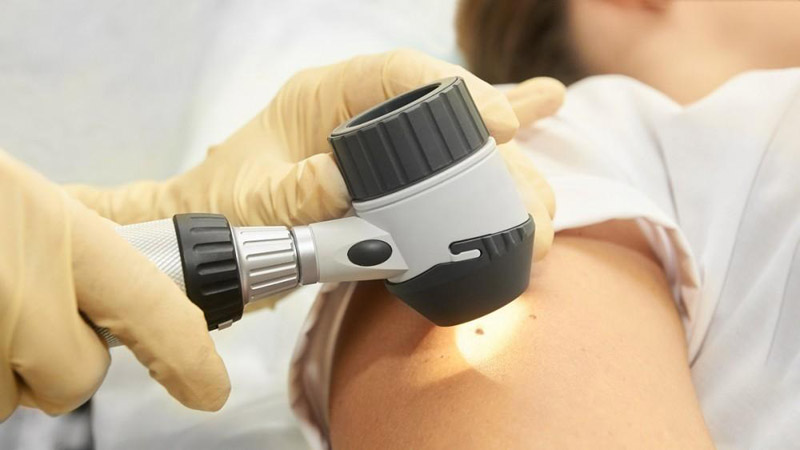Call Us
310-274-4401
Blog
How to Tell if a Mole Is ‘Abnormal’

Skin cancer is the most common kind of cancer, and its incidence is rising in the United States. New cases of melanoma, which is the most serious form of skin cancer, increased by 27% in the past decade. Melanoma is considered the deadliest form of skin cancer, because it grows quickly and readily invades other tissues.
Is there any good news regarding melanoma? Yes. When melanoma is caught early, the estimated five-year survival rate is more than 99%. Melanoma is not a silent cancer; it is visible on your skin if you know what to look for.
Board-certified medical and cosmetic dermatologist Vicki Rapaport, MD, with Rapaport Dermatology of Beverly Hills in Beverly Hills and Culver City, California, diagnoses and treats all forms of skin cancer. She also focuses on prevention by providing education on the ABCDE technique. This technique can help you identify atypical moles that need to be examined for signs of skin cancer.
Do you get a skin checkup once a year with a professional? That is great! However, you should not just rely on a yearly review. You can use the ABCDE technique yourself to perform monthly skin checks. Here is what to look for.
Normal Moles
Moles are a very common skin growth. You may have a few dotting your skin here and there, or you may have quite a few. Many moles are on areas of the skin that can be exposed to the sun, although they can occur anywhere. People who spend a lot of time outdoors tend to develop more moles, especially if they are fair-skinned.
Normal moles may differ from one another somewhat, but they usually have some common characteristics. For example, moles can be dark brown, black, or lighter, but each one will typically stay the same color forever. Less frequently, a normal mole may become lighter or slightly raised or even fade away, but in general, normal moles will keep the characteristics they have for life.
Abnormal Moles
As noted earlier, healthy moles usually stay exactly the same. However, any mole that develops “atypical changes” — which are changes that are unusual or irregular — is a red flag and should be evaluated by Dr. Rapaport. This is because an atypical mole is a big indication of the presence of skin cancer.
When it comes to moles and melanoma, about one in three melanomas begin in existing moles, but the rest start in normal skin. If melanoma emerges in healthy skin, it can appear as a scaly patch, an open sore, a raised bump, or it can manifest as a new, atypical mole.
To help people check their moles to determine if any look atypical, dermatologists have developed the ABCDE method, which stands for asymmetry, border, color, diameter, and evolution. And by checking your moles regularly using this system, you can detect potential problems early and get them evaluated as soon as possible.
The ABCDEs of Atypical Moles
Here are the five things to look for when examining your moles:
Asymmetry
A normal mole is either round or oval with well-defined, clear borders. With an atypical mole, one side will not mirror or match the other side. An atypical mole will be more likely to have an irregular shape, which will distinguish it from other moles on your skin.
Border
The borders of regular moles are smooth and even. Any mole that has an uneven edge or a perimeter that looks ragged, scalloped, or poorly defined should be checked out.
Color
Each mole should be only one color, whether it is tan, brown, or black. If any mole has more than one color, it is atypical and could be a sign of skin cancer. If there are any spots of red, blue, or white, they may indicate the presence of a growing melanoma that needs evaluation as soon as possible.
Diameter
Normal moles usually are not bigger than the size of a pencil eraser. Moles that are bigger than that are atypical and should be examined by a dermatologist.
Evolution
Most moles stay the same. However, if a mole makes a sudden change, this mole is atypical. For example, if a mole starts bleeding or crusting, it should be examined right away.
Get Suspicious Moles Checked
If you have a suspicious mole or a new mole that appears suddenly, contact Rapaport Dermatology of Beverly Hills to schedule an appointment today. We are your partner in your skin health.
